Different types of archery is still practiced today and used both in hunting as well as a sport. It is, in fact, the oldest sport still practices today. It is thought to have come into practice around 20,000 BC. However, the history itself and the bow and arrow facts in the Medieval ages still create great enthusiasm among the archers’ community. Why? Let’s find out.
History of Medieval Archery
Let’s take some history lessons first and learn what archery once used to be and what has become of it now.
The Timespan of Medieval Archery
Archery is thought to date back to the stone age and the ancient Egyptians were probably the very first known civilization to have used archery for both hunting and warfare.
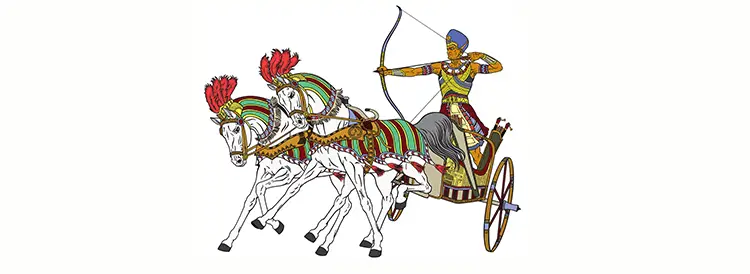
The ancient Egyptians adapted archery to be used for both hunting and warfare some 5000 years ago. The use of the bow by archers in warfare spanned right up until the around the 1500s when the bow started to be replaced by guns.
A Brief Note on the Places/Locations Where It Was Practiced
The ancient Egyptians led the way to with archery to the Shang Dynasty where the Chinese war archers would ride on the war chariots along with the driver and lancer.
In the 6th century, archery was introduced to Japan by the Chinese and as with most of their disciplines Archery became a form of martial arts which was Kyujutsu which translates to “the art of the bow”. Today, Kyujutsu, now known as Kyudo or “the way of the bow” is a discipline that develops the trainees physical, moral and spiritual being.
During the era of the Greco-Romans, there are pictures depicted on pottery urns and vases of Romans on the hunt using a bow and arrow.
Some of the most skilled of all archers were the Parthians that as horsemen would use their bow as they galloped on horseback. Their skill was such that they could actually swivel around in the saddle to shoot at their enemies following them from behind. This they did at a full gallop and still managed to hit their target.
Archery spread throughout the world and along battlefields, the archers would take their place some with arrows aflame they would launch then in unison towards their enemies.
In England, the archers were used to protect the castle stronghold and would line the high walls as well as be hidden in the towers with their bows skillfully poised and ready aimed through the arrow slit.
A Note on Medieval Archers
Medieval archers were highly trained and skilled bowmen. There was more than one type of bowmen or archers and they could be defined as either a crossbowman or a longbowman. Then there were the Artillator, the craftsmen who made the bows and arrows that the archers used.
An archers training was grueling, and they had to practice for long hours at a time in order to prove their worth as an exceptional marksman. Not only did they have to be a skilled shot, but they needed to be able to judge at what range their arrows would pierce their enemies’ armor.
The first archers used bows and arrows, but these were later changed to the crossbow and later on the longbow was introduced.
As archers were an important part of an armies regiment a law was passed in 1252 in England that all men of the lower classes who were between the ages of 15 and 60 had to practice archery. Each had to have their own bow and arrow and special places called “butts” were set up for daily practices.
Medieval Bow and Arrow Facts
Although modern bows and today’s aluminum carbon arrows may not essentially remind you of those in the Medieval ages, those ancient pieces used to have special features.
The Shortbow
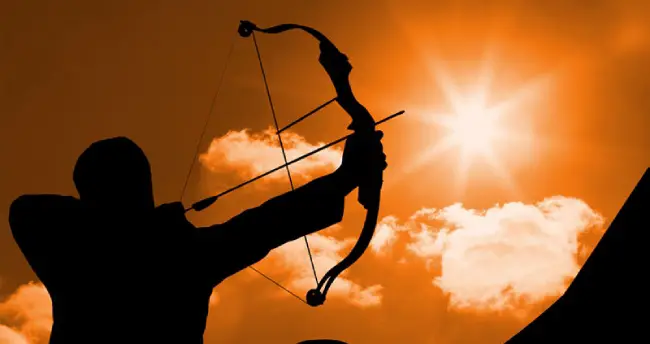
There were a few different types of bows used throughout the medieval period. The first of these was the shortbow that was the archery weapon of choice by the Vikings and even King Harold’s archers used shortbows in the “Battle of Hastings”.
But the shortbow had downfalls in that was ineffective against various forms of armor just bouncing off without piercing the material.
The Crossbow
Distinguishable from crossbows these days, medieval crossbows are believed to have been developed in China somewhere around the 3rd century soon become the archery weapon of choice throughout Europe. But after the fall of the Roman Empire, the use of archers and crossbows were rarely seen.
Smaller hand-held versions of the crossbow came back into favor in Europe and in particular France in the tenth century. The once cumbersome larger crossbow that had a firing range of up to 200 meters was now an effective weapon that was smaller and easier to handle. It also had the added advantage of firing up to 300 meters.
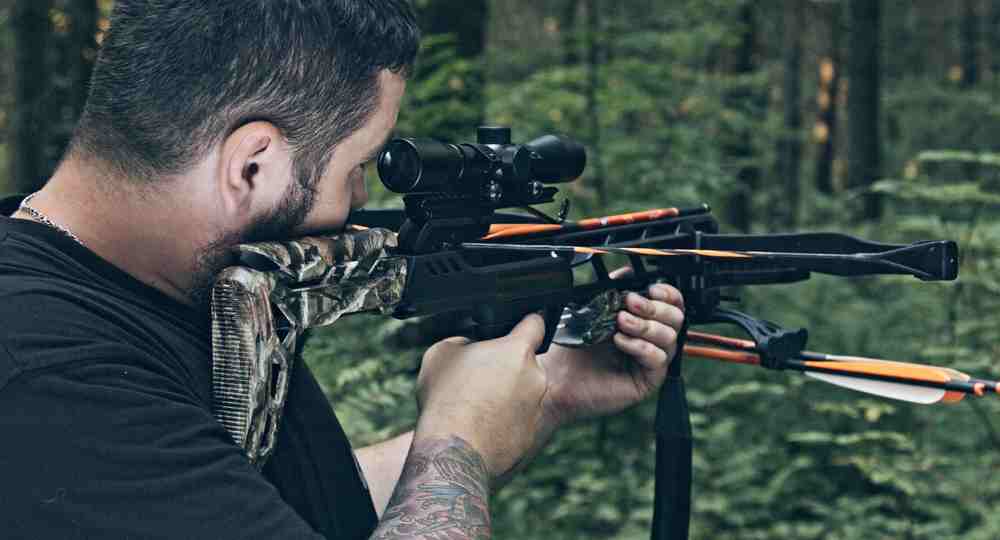
The only disadvantage of the crossbow over the shortbow was that it did not a fast a firing rate as the crossbow as it took a little longer to load. But what it lacked in firing speed this smaller lethal crossbow weapon made up for in accuracy and sheer power.
Crossbow men become highly valued members of a king’s guard and were often found to command higher wages. They were also targets for a great ransom if captured by the enemies.
The Longbow
The English have a long history of the longbow. The Welsh are famous as the fiercest and accurate Longbow men. But, there has been depiction on a bow that looks similar to that of the Welsh longbow that dates back to the Roman period.
The longbow was used extensively during the 100-year war and was most feared and respected for its skill. They were also feared by their peers!
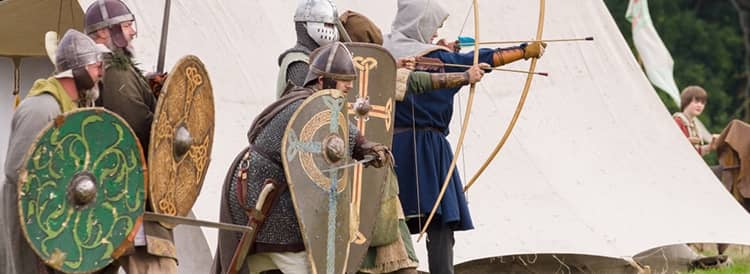
Role of Archery in Battles in the Medieval Ages
Archers were usually used in the front row of the army as the first line of defense. They were used to break the other sides formation. As they rang was limited they would need to be as close or as close to as they could get 30 feet from the enemy.
Arrows are only really effective if they shot at a maximum of 30 miles away from their enemy. They were the first targets to be eliminated by their enemies on the battlefield.
Fun Facts About Medieval Archery
There was a time when it was required by law in England for all men between a certain age to both practice archery and own a bow. At that time, arrow-related crimes rose, including the theft of bows and arrows.
Medieval archers preferred to shoot their bows barefoot and as such would often be seen on the battlefield with no shoes. This is because leather soled shoes are slippery, and archers needed more grip to accurately shoot their bows.
It was fashionable for medieval archers to wear colorful and decorative bracers. This both served the purpose of stopping painful bowstring whacks and boasted as their rank as an archer.
Archery is said to be quite therapeutic as a sport or just to shoot some arrows. The same way one would shoot hoops. It is a sport that requires a lot of skill, patience and takes quite a bit of training.

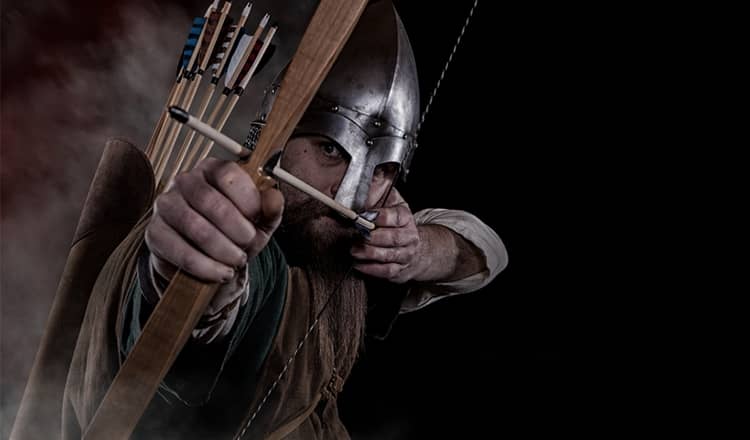







Leave a Comment